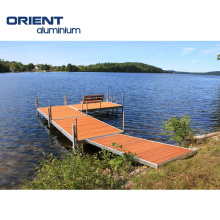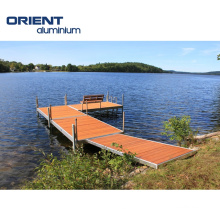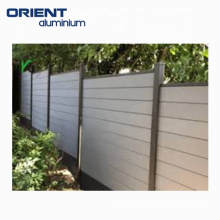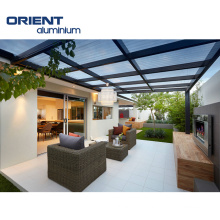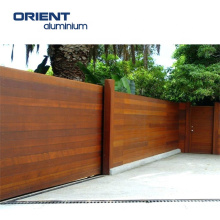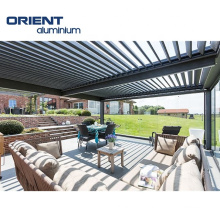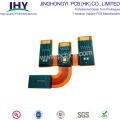8 Layer Rigid Flex PCB
Product Description
8-Layer Rigid Flex PCB
Rigid flex circuits combine the best of both rigid boards and flex circuits integrated together into one circuit. The two-in-one circuit is interconnected through plated thru holes. Rigid flex circuits provide higher component density and better quality control. Designs are rigid where extra support is needed and flexible around corners and areas requiring extra space.
Rigid Flexible Circuit Board
Rigid Flexible circuit Board have been used in the military and aerospace industries for more than 20 years. In most rigid flex circuit boards, the circuitry consists of multiple flexible circuit inner layers selectively attached together using an epoxy pre-preg bonding film, similar to a multilayer flexible circuit. However, a multilayer rigid flex circuit incorporates a board externally, internally or both as needed to accomplish the design.
Rigid Flexible circuit Board combine the best of both rigid boards and flexible circuits integrated together into one circuit. The two-in-one circuit is interconnected through plated thru holes. Rigid flex circuits provide higher component density and better quality control. Designs are rigid where extra support is needed and flexible around corners and areas requiring extra space.
While the design options are endless when combining rigid boards with flexible circuits, we have provided you with rigid flex combinations that are most commonly utilized.
Benefits of Rigid Flexible circuit board
There are many high level benefits to Rigid Flex circuits including:
- Connection Reliability – Connecting rigid layers with flexible cables is the foundation for combination rigid flex circuits.
- Lower Part Count – Compared to a traditional rigid board, combination rigid flex circuits require fewer parts and interconnections.
- Flexible Design Options – At Flexible Circuit Technologies, we pride ourselves on taking on the most complex of design challenges. Rigid flex circuits can be designed to meet highly complex and unimaginable configurations while utilizing a rigid substrate. Rigid flex circuit designs could entail any of the following:
2, Controlled Impedance
3, Three to eight-layer combinations
4, Reduced interconnections
- High Density Applications – More often than not, the rigid component of a rigid flex circuit is utilized for high density device population. In addition, flexible circuits allow for minutely narrow lines giving way to high density device population. Denser device populations and lighter conductors can be designed into a product, freeing space for additional product features.
- Package Size and Weight Reduction – Multiple systems in rigid boards create more weight and utilize more space. Combining rigid boards with flexible circuits allows for a more streamlined design thus reducing package size and weight.
There are two fundamental structural applications that must be understood about the flexible component of a rigid flex
- Static Application – An application where flex circuits are needed only to install the circuit and fit it into its application (also known as flex-to-fit or flex-to-install).
- Dynamic Flexing Applications – A situation where the flex circuit area itself is dynamically flexed for any number of reasons above and beyond a simple install.
Advances in rigid circuit board technology has broadened the applications on electronic products from computer, communication, and consumer electronics, to automotive, medical, and military electronics.
Increasing demand for more powerful and smaller products drives the need for multiple layers to accommodate denser, finer line width and spacing and smaller hole sizes.
Materials of Rigid Flexible circuit Board
Conductors – Copper is the most widely used conductor and comes in various thicknesses to meet each customer`s requirements. Conductor options include:
1, Rolled annealed (RA) copper
2, Electro deposited (ED) copper
Adhesives – Adhesive selection depends on customer needs and conductor thickness. Common adhesives include:- Epoxy
- Acrylic
- Pre-preg
- Pressure Sensitive Adhesive(PSA)
- Adhesiveless base material
- FR-4
- Polyimide
- Polyester, Polyethylene Naphthalate (PEN), and Polyethylene Terephthalate
- (PET)
- Solder mask
- Flexible solder mask
- Photo image-able cover lay (PIC)
- Solder (Tin/Lead or RoHS compliant)
- Tin
- Immersion nickel/gold
- Hard nickel/gold
- Wire bondable gold
- Organic: Entek or Organic Solderability Preservative (OSP)
- Silver
- Carbon
As the Rigid flex circuit market continues to expand, there have been many advances in technology including:
- Air Gap – Through the process of selective bonding, increased flexibility is achieved by [unbonding" layers so they are allowed to flex freely. At Flexible Circuit Technologies, we are proud to be a leading designer of this air gap technology allowing your designs more flexibility.
- Component Assembly – Flexible Circuit Technologies offers through hole and surface mount capabilities, as well as in circuit testing, conformal coating and electrostatic protective packaging.
- Controlled Impedance – With increasing signal switching speeds, engineers need to understand and control the impedance of traces. With short signal transition times and high clock rates of modern digital circuitry, traces need to be considered transmission lines instead of simple interconnections. With today`s higher speed requirements, controlled impedance traces are designed to minimize electrical reflections and ensure an error free transition between the track and interconnections. Controlled impedance, if perfectly optimized, allows control of the physical dimensions and material of the cable. Controlled impedance signal transmission requires flexible circuit materials to be uniform in both thickness and electrical properties. It is necessary that the circuit manufacturer accurately etch the copper foil to optimize impedance.
- Panelization – Multiple circuits are partially die-cut with break-out tabs to allow them to remain in the panel for component assembly during the [pick & place" and wave soldering processes. Once the panel of rigid flex circuit boards is assembled, simply clip them out by cutting the breakout tabs and they are ready for assembly into your final product.
- Pressure Sensitive Adhesives (PSAs)– PSAs with a release liner are used in applications where a portion(s) of the circuit needs to be secured to a specific location within the final product. During assembly, the release liner is peeled away and the exposed adhesive allows the assembler to press the circuit into place and keep it there.
- Shielding – Shielding is applied when an application requires limits in electromagnetic and/or electrostatic interference. Protective shielding can be patterned or solid. Either way, it reduces noise and controls impedance of signal lines. Repeatability is ensured through etching.
8-Layer Rigid Flexible circuit Board stackup
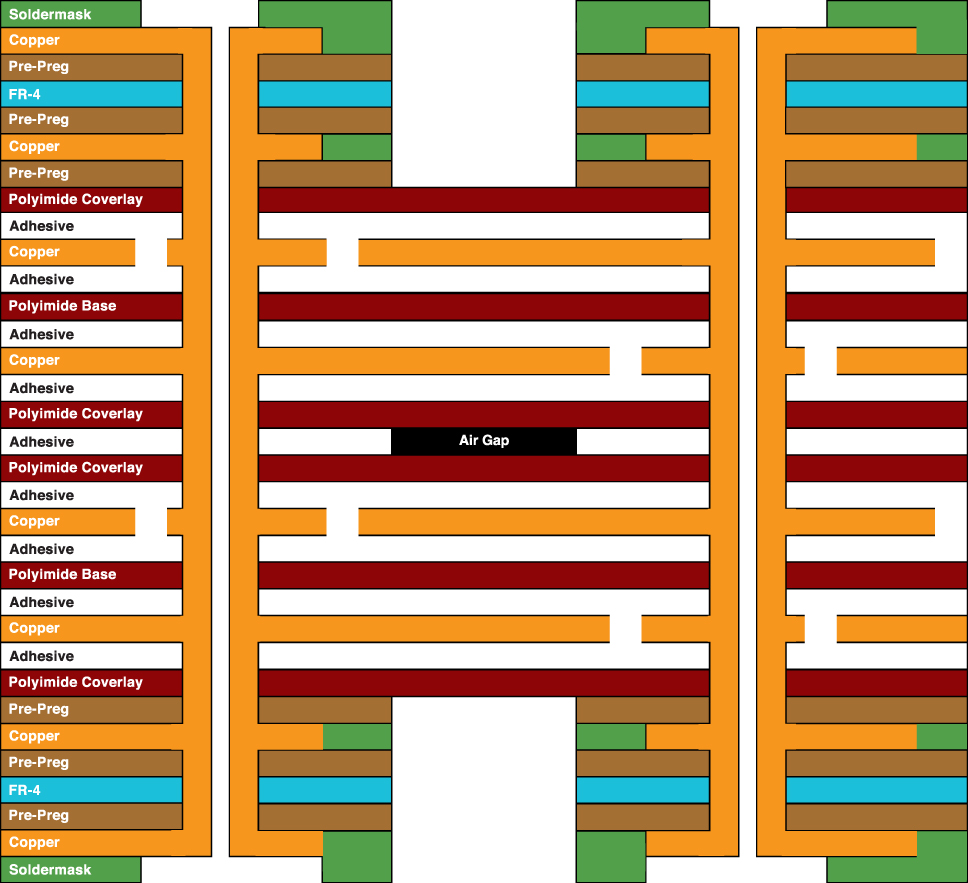
8 Layer Rigid Flex PCB - Four flex layers with air gap and four rigid layers.

8 Layer Rigid Flex PCB - Six flex layers with air gaps and two rigid layers
Rigid Flexible PCB manufacturer
Why choose us?
- Save money&time! Achieve peace of mind!
- A professional and trustworthy PCB prototype manufacturer.
- Fastest PCB Prototype.
- One stop solution for various PCB&SMT Stencil.
- Low cost for simple PCB.
- Affordable price for high-tech PCB.
- Minimum orders 1pcs.
- 24-hour online customer service.
- Professional PCB engineer for one-to-one service.
- Shipment on time.
- Guarantee good service and quality from PCB quotation to delivery.
8 Layer Rigid Flex PCB manufacturing

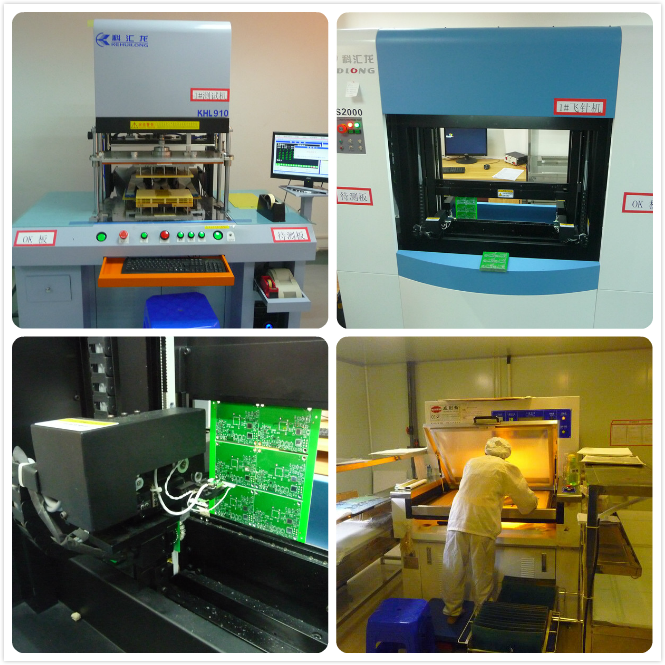
Rigid Flexible circuit Board manufacturing Capabilities
Learn more about JHY PCB by exploring the manufacturing capability of Rigid Flex PCB below. We can do more than you can imagine.
| Item | Manufacturing Capability |
| PCB Layers | 1 - 12layers |
| Laminate | Flexible part: DuPont PI, Shengyi PI |
| Rigid part: PI/FR4 | |
| Maximum PCB Size(Length x Width) | 406*610mm |
| Board Thickness | ≤3.2mm |
| Finished board thickness tolerance | ±2mil(±0.04m) |
| Copper Thickness | 0.3oz - 1.0oz or higher |
| Min Tracing/Spacing | 2.5mil/2.5mil |
| Min. Annular Ring | 4mil |
| Min. Drilling Hole Diameter | 8mil(0.2mm) |
| Min. hole size | 8mil(0.2mm) |
| Min. finished via diameter | 6mil(0.15mm) |
| Tolerance of dimension | 3mil(0.076 mm) |
| Solder Mask Color | Green, White, Blue, Black, Red, Yellow |
| Silkscreen Color | White, Black, Yellow |
| Surface Finish | OSP |
| HASL(Hot Air Solder Leveling) | |
| HASL Lead-Free | |
| Flash Gold | |
| ENIG (Electroless Nickle/Immersion Gold) | |
| Immersion Tin | |
| Immersion Silver | |
| Special technologies | Impedance Control+/-10% |
| Gold fingers | |
| Stiffener (PI/FR4) | |
| Peelable solder mask |
Product Categories : Rigid Flex PCB

